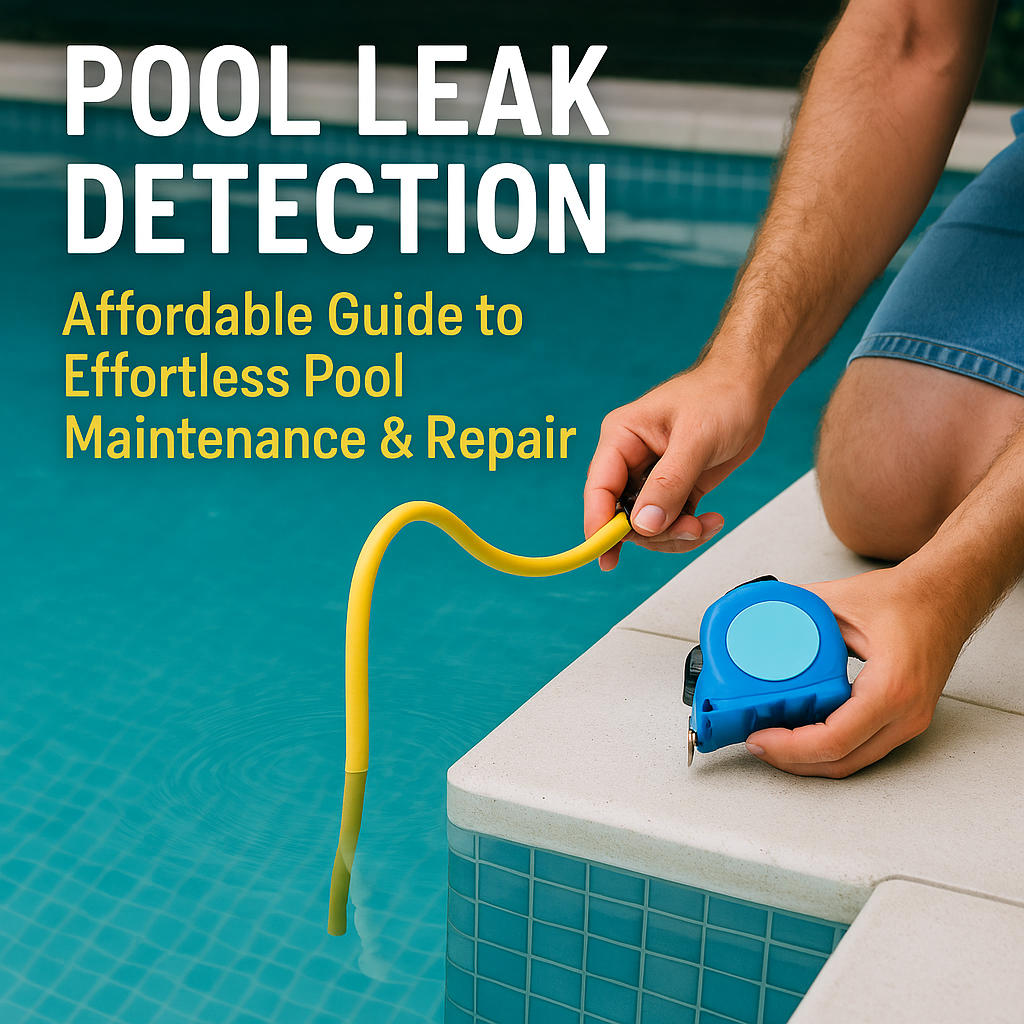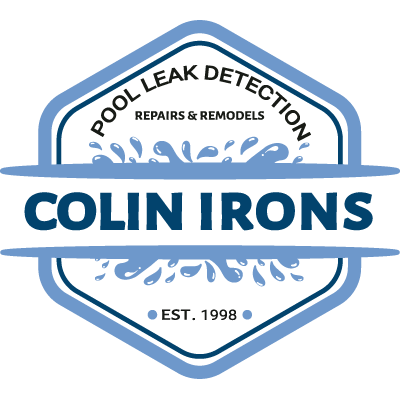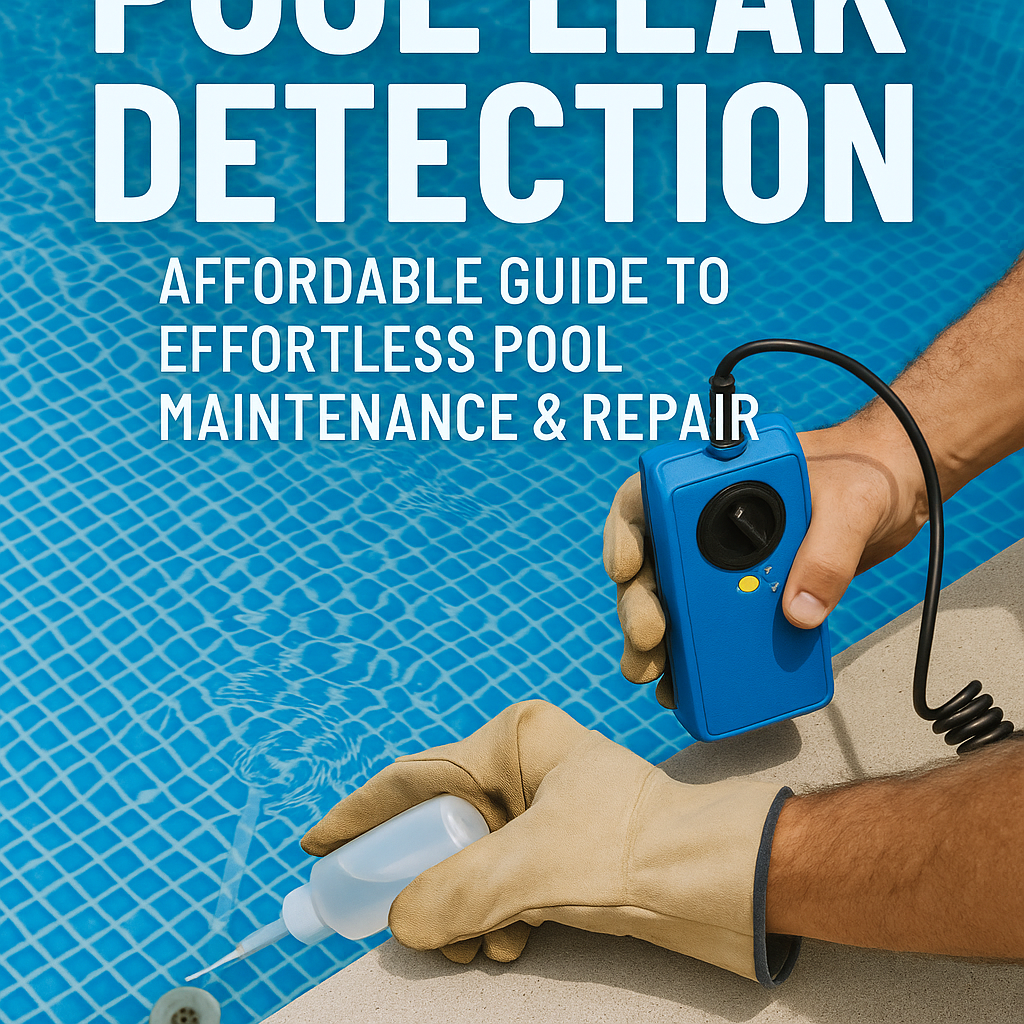Pool leak detection is an essential part of maintaining a beautiful, functioning swimming pool. Nobody wants a pool that loses water, runs up the water bill, and perhaps even damages the surrounding area. Thankfully, with proper vigilance and a little technical know-how, pool maintenance and pool leak repair can be simple and cost-effective. This article will guide you through the process, explain what equipment you may need, and provide some preventative advice for managing leaks in the future.
Understanding the Importance of Pool Leak Detection

Before we start diagnosing and repairing, it’s important to understand why pool leak detection is important.
Every pool, whether it’s an in-ground concrete pool or an above-ground vinyl liner pool, will lose some water naturally through evaporation. However, excessive or accelerated water loss can be a sign of a leak, and this is a problem you should address immediately.
Leaking pools can lead to costly water bills, and they can also wreak havoc on the land around your pool. Saturated soil can lead to landscaping problems, or worse – structural damage to your pool or your home. Additionally, chronic leaks can create an environment conducive to mold or algae growth, which can then require additional – and often expensive – treatments to rectify.
Pool Leak Detection: DIY Methods
Detecting pool leaks can often seem like a daunting task. But with a little patience, a good degree of observation, and some basic tools, finding a pool leak can be quite straightforward.
The Bucket Test
The first and easiest method to test if your pool is losing an excessive amount of water is the bucket test. Fill a bucket three-quarters full of water and mark the water line on the inside. Then, place the bucket on a pool step, ensuring the bucket is submerged in the pool by at least five inches. Mark the water line on the outside of the bucket. After 24 hours, if the water outside the bucket has gone down more than the water inside, you might have a leak.
Visual Inspection
Another easy method of pool leak detection is a simple visual inspection. Look around your pool area for wet spots that never dry, areas of lush or new growth, or earth that is eroding away. Examine the pool itself for cracks or tears, particularly around areas like the skimmer, returns, lights, or seams.
Towards Effortless Pool Leak Repair
If you’ve found a leak in your pool, repairing it may be as simple as patching a liner or applying some underwater pool putty. However, for more extensive repairs, you may need to call in a professional to help.
Small leaks in a vinyl liner can often be repaired underwater with a simple patch kit, similar to repairing a bicycle tube. Cracks in the pool shell can also be fixed with two-part epoxy putty, which hardens underwater and will seal small to medium cracks quite well.
However, for large leaks, or if the source of the leak remains evasive after extensive testing, it may be time to call in the professionals. This underscores the significance of routine pool maintenance.
Regular Pool Maintenance: The Key
Ultimately, to avoid leaks and keep your pool in the best condition, regular pool maintenance is the key. By inspecting your pool regularly and keeping it clean and well-maintained, you are less likely to face unexpected leaks and the damage they can cause.
Invest time in inspecting all aspects of your pool regularly, cleaning it thoroughly, checking the chemical balance, and replacing any worn or damaged parts will go a long way towards preventing leakage issues.
Wrapping it Up
Pool leak detection doesn’t have to be a nightmare. By employing simple DIY strategies, you can play an active role in keeping your pool in top-notch condition. Remember, though, if your pool leak repair gets beyond your control, it’s wise to call in the professionals. Regular pool maintenance is ultimately the surefire way to preserve your pool’s longevity and keep it looking its best for years to come. So, here’s to many more summers full of fun and relaxation in your well-maintained, leak-free pool!


